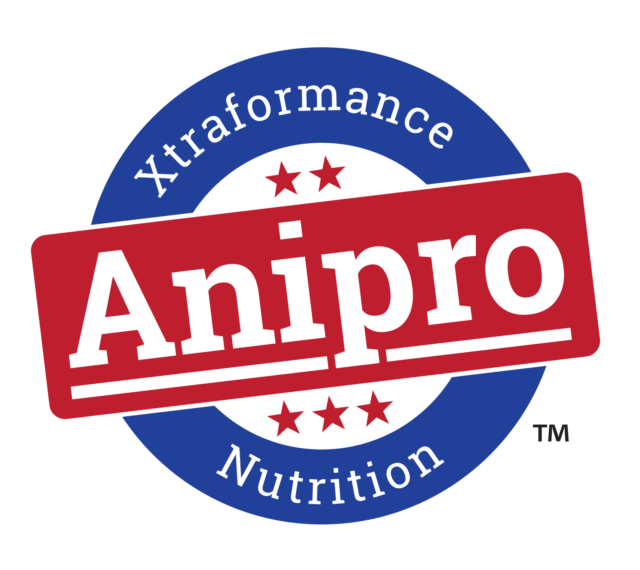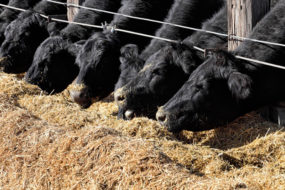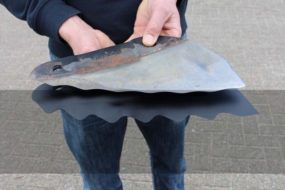When working with producers, one of the biggest problems or concerns that I hear is the lack of good help. This problem with labor has become glaringly obvious not just in the agriculture sector, but in general – good help is hard to find. On top of the difficulty in finding good help is a shortage of time. I can’t say I’ve ever heard of anyone in agriculture say they have too much time on their hands.
With these two specific challenges in mind, some producers may evaluate alternative approaches to their cattle management programs.
One such alternative approach is feed-through dewormer, such as dewormer mineral products. This approach to deworming cattle addresses the lack of good help to work cattle and the time required to run cattle through a chute – ultimately saving time and money.
Feed-through deworming programs work with your current mineral program, so there are no extra steps involved and no Veterinary Feed Directive (VFD) required. However, understanding which cattle need to be dewormed, when groups of cattle should be dewormed and for how long to put out deworming mineral is critical to the success of this type of program.
Initially, all new incoming cattle should be dewormed, including bulls, yearlings or stockers, purchased replacement females, etc. In the spring, if you did a good job deworming with the right product during the winter, you should have parasite-free cows at turnout.
While it’s not commonly practiced, it is a good idea to use the tools we have available and check fecal egg counts in the spring before turnout. A fecal egg count test provides a way to quantify parasite load and evaluate how well your current deworming protocol is working. After turnout, it will be six weeks before cows begin shedding eggs from the previous year’s contamination that was left on the pasture. At this time, deworm with a feed-through product to avoid pasture recontamination during the grazing season.
For yearlings or calves, the worm life cycle requires four weeks from the time of infection until cattle begin shedding eggs. Therefore, wait four weeks following turnout for yearlings and calves before delivering a feed-through dewormer mineral, instead of the recommended six weeks for mature cows. Check fecal egg counts for these younger cattle at the next four-week interval. If the parasite load persists, deworm them again. This can be referred to as the 0-4-8 program: deworm at turnout, then at four weeks and again at eight weeks.
In the fall or winter, cattle should be dewormed with a feed-through dewormer following a killing frost and when temperatures stay below 50°F. This will ensure cattle will be parasite-free through the winter. When using a feed-through dewormer program, the product should be offered for three to six days in order for cattle to consume an effective dose of the anthelmintic. Be sure to follow all labeled feeding instructions and guidelines for whichever feed-through dewormer product you choose.
Prior to implementing a feed-through dewormer program, it’s important to understand which internal parasites can be controlled by the anthelmintic you are evaluating, when the product should be used and how long to use a feed-through dewormer product. Be sure to remember that there is a preharvest withdrawal interval for many dewormer products.
Research has proven that deworming improves performance and production while preventing parasite-induced production losses. Immunosuppression caused by a heavy parasite load can leave your cattle at risk for contracting other diseases. Parasites also damage the gastrointestinal tract, reducing nutrient absorption and suppressing appetite – both of which will negatively impact growth and result in a lower weight, whether you are trying to get your cows bred or sell calves in the fall.
Regardless of the type of product used, deworming cattle will add money to your bottom line.






